While Martha’s Vineyard Airport manager Sean Flynn remains out of the office, airport commissioners provided new details this week surrounding their decision to put him on leave almost three weeks ago.
Among other things, the Federal Aviation Administration issued a letter of investigation following the airport’s failure to agree to correct operational deficiencies identified in at least two inspections, according to commission chairman Myron Garfinkle. Under FAA regulations, a letter of investigation is issued when an apparent violator has not agreed to corrective action. Following an annual inspection in May, the FAA conducted a second surprise inspection in July at which more than 31 areas of concern were noted in addition to about a dozen previously identified, he said. Some dated from the previous year.
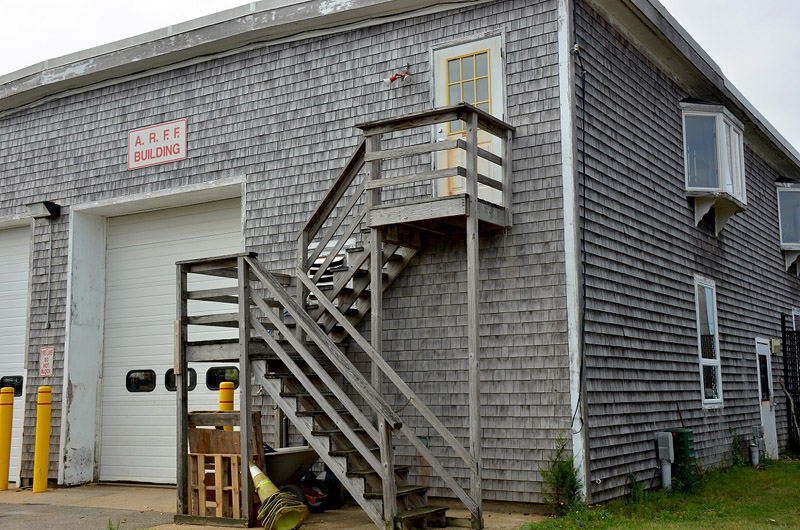
“When you find deficiencies you say, please correct them,” Mr. Garfinkle said. “This was so egregious it ended in a letter of investigation.”
Long-simmering tensions between Mr. Flynn and members of the airport commission burst into public at a commission meeting August 11 when Mr. Garfinkle announced the airport was under an Oct. 15 deadline to correct deficiencies in airport operations or risk losing millions of dollars in federal funds and potentially its status as a commercial airport. He said there were four main areas of concern: inadequate runway markings, lack of a wildlife management plan, a stalled safety building project and poor operational training.
Mr. Garfinkle said at the time that Mr. Flynn was on an unscheduled vacation effective August 10, but Mr. Flynn said this week he was asked to take time off. Both agreed that the airport manager’s future is under negotiation by lawyers. In the interim, assistant manager Deborah Potter has been put in charge of operations and management. “We are still hopeful we can reach an amicable agreement,” Mr. Garfinkle said, adding he did not expect Mr. Flynn to return to work.
In an interview this week, Mr. Garfinkle and Robert Rosenbaum, vice chairman of the commission, detailed the FAA concerns and what they described as Mr. Flynn’s refusal to share them with commissioners. The two commissioners declined to provide the Gazette with any FAA documentation, saying they had been advised against it by the FAA.
According to Mr. Garfinkle, the FAA’s letter of investigation was issued in early June; the airport commission did not receive it until the end of that month.
In a telephone interview Thursday with the Gazette, Mr. Flynn downplayed the seriousness of the FAA’s actions. He acknowledged that when the FAA conducted an annual inspection in May “some deficiencies were noted and some corrections needed to happen.”
“That’s typical of every inspection,” he said. “Some people have embellished what the meaning of inspection is and what the results were. There’s a lot of oddities about this inspection — how it was conducted, how the airport commission acted during the inspection, prior to the inspection — I’ve never had that in my 15 years.”
Mr. Flynn has been airport manager since 2005; previously, he was an assistant manager.
According to Mr. Garfinkle and Mr. Rosenbaum, two of the four major areas of concern identified by the FAA triggered a noncompliance status, the lack of a wildlife management plan and poor runway markings.
On repeated visits, FAA inspectors found deer inside the perimeter fence, Mr. Rosenbaum said. The airport is a total of one square mile, or 640 acres. Wildlife issues range from deer to birds.
“The FAA has repeatedly said they have zero tolerance for deer inside the perimeter fence for any airport,” Mr. Rosenbaum said. “That’s a real big one.”
Mr. Flynn said the airport underwent a one-year wildlife assessment several years ago. That assessment was then submitted to the FAA as a preliminary step to the full management plan, he said. But Mr. Flynn said the Vineyard airport did not receive comments back on the assessment from the FAA until two weeks ago.
The runway lines were another cause for concern.
“What happens when you repeatedly plow, is the markings end up getting worn off, but you have to have a plan to redo the markings,” Mr. Rosenbaum said. “You can’t just say, oh well it’s because we had a tough winter. You have to make sure you have a schedule to get the lines repainted.”
The airport typically closes one of the two runways each year for painting and alternates so that painting is being done every year. Mr. Garfinkle said runway painting has not been done in three years.
The FAA also expressed concern about the lack of action on replacing the current air rescue and firefighting (AARF) building, which dates to 1950. The airport was awarded $850,000 in 2011 to design a new building. Design plans are expected to be 60 per cent complete by the end of September. A committee was formed to take on the project, including Mr. Flynn, Ms. Potter and Jack Flynn (Mr. Flynn’s son who is an employee).
“There have been large gaps of time where nothing has been done, much to the FAA’s chagrin,” Mr. Garfinkle said. For the sake of comparison, he said a new ARFF building at the Nantucket airport went from the grant award to building completion in two years.
The building currently houses two fire engines, firefighting gear, mowing equipment and a rudimentary dormitory. The FAA found multiple deficiencies in the building, Mr. Rosenbaum said, including the doors of the building parallel to the taxiways instead of perpendicular.
“In an emergency, you have to take a 90-degree turn and because of the buildings in the area, it’s a fairly tight turn to get out,” he said.
Mr. Flynn said the project is on schedule for the designs to be completed by December and go out to bid early next year. The project got off to a “false start” in 2011 when the original owners’ project manager needed to be replaced, he said.
“Regardless of what external timelines there are for the project, we have to make sure the building is good for the airport and the Island community,” Mr. Flynn said. “We’re not going to rush to do a project because of their bureaucracy. We want to make sure we’re doing a project that meets the community needs.”
There are currently 16 full-time employees at the airport, 10 in operations and four at an administrative level including the airport manager, the assistant manager, an assistant to the airport manager and an information systems technician. Some of the operations employees are also trained firefighters.

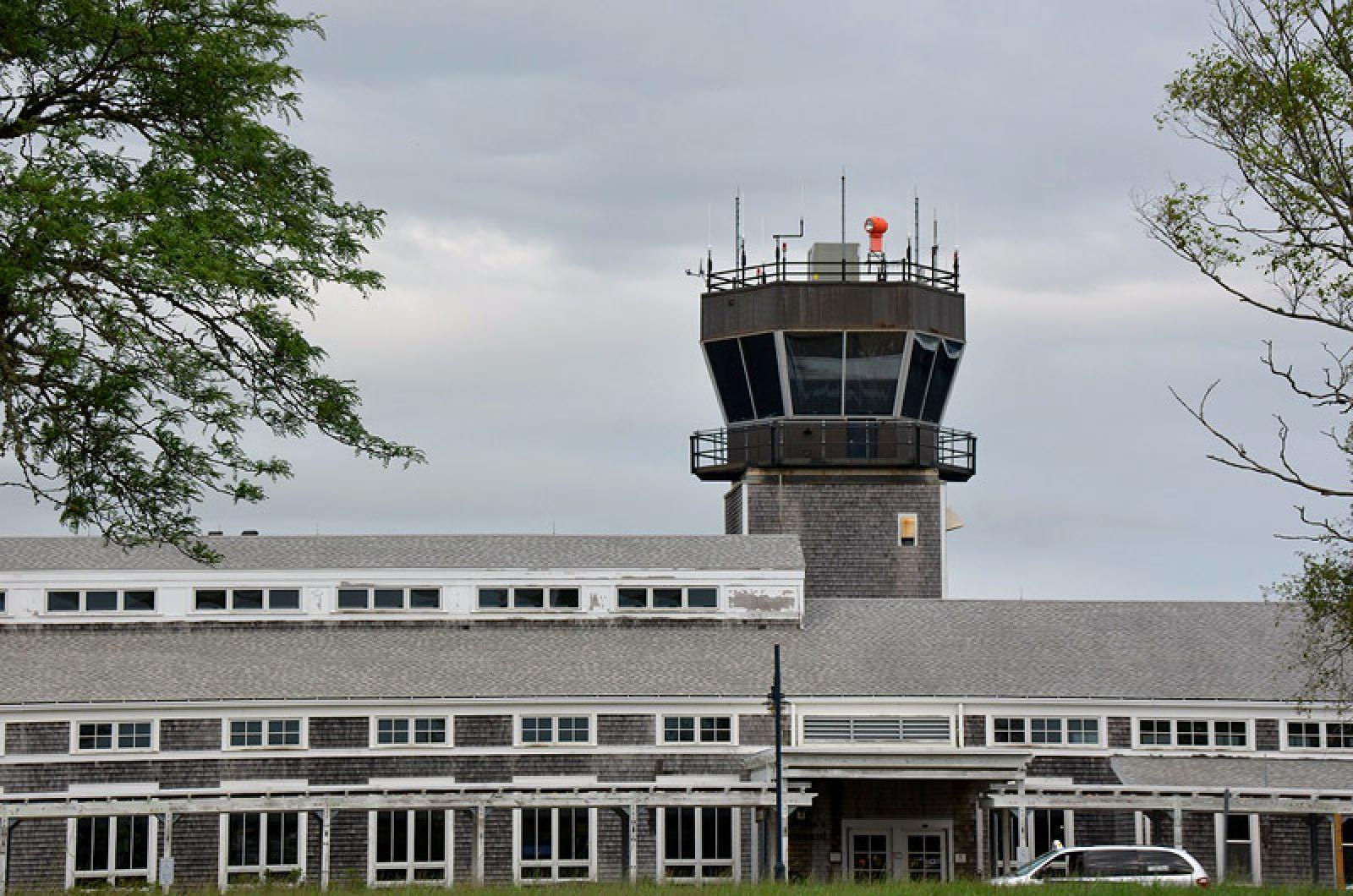
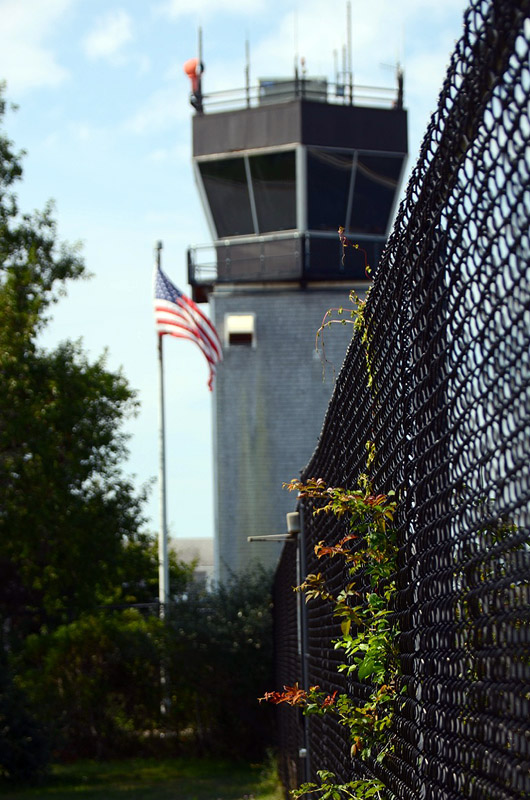

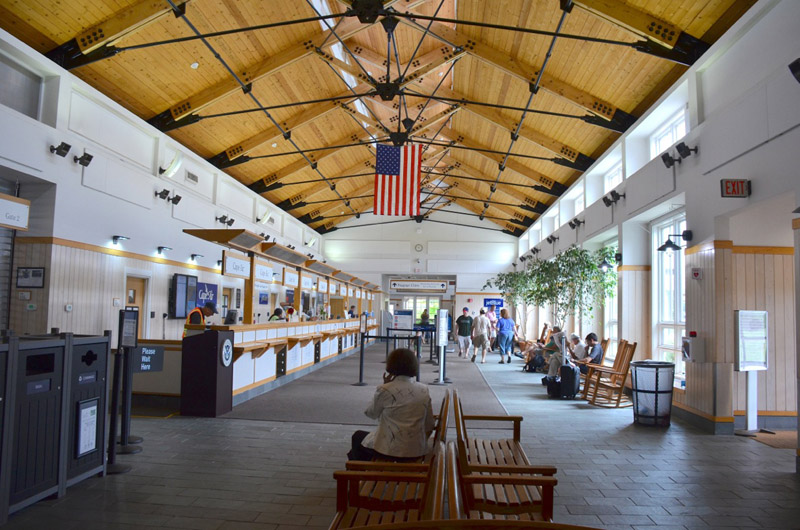
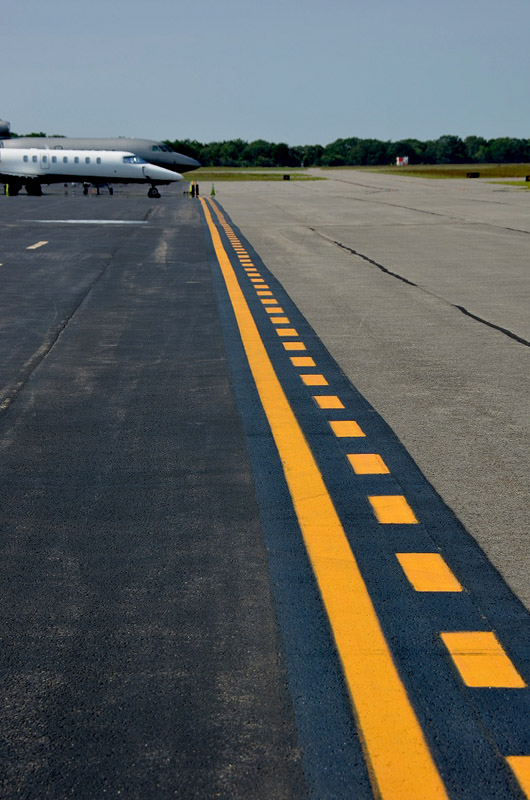





Comments (13)
Comments
Comment policy »